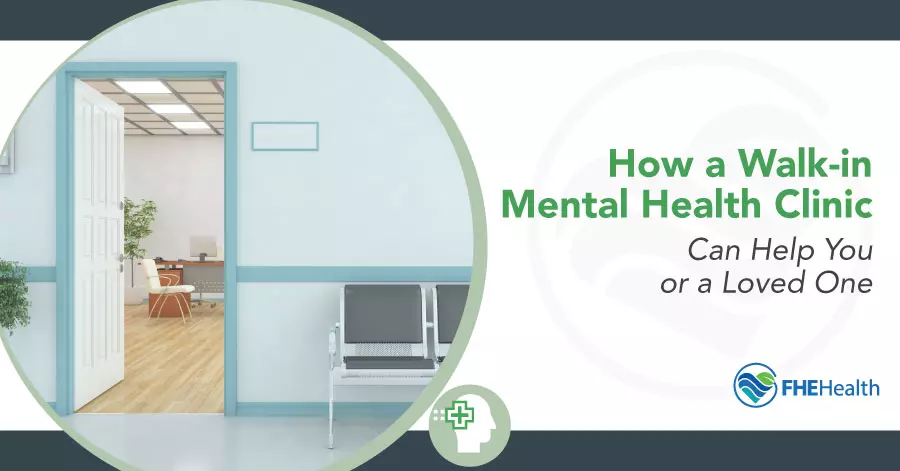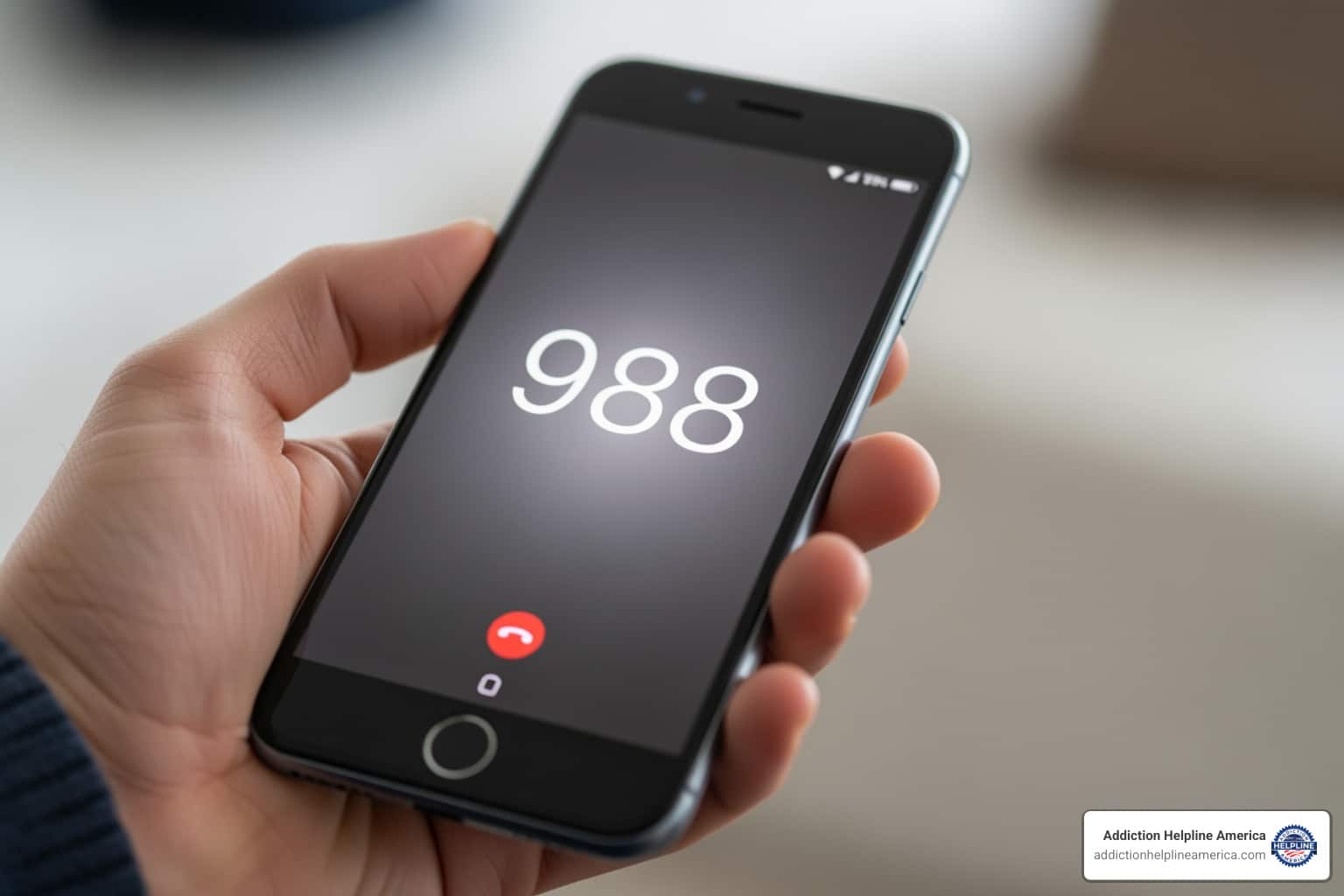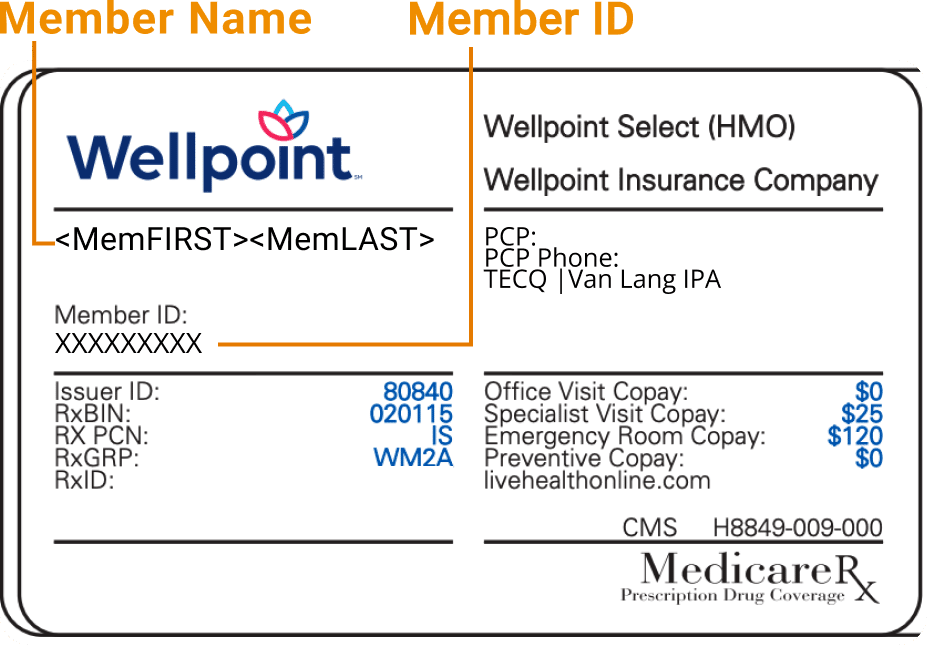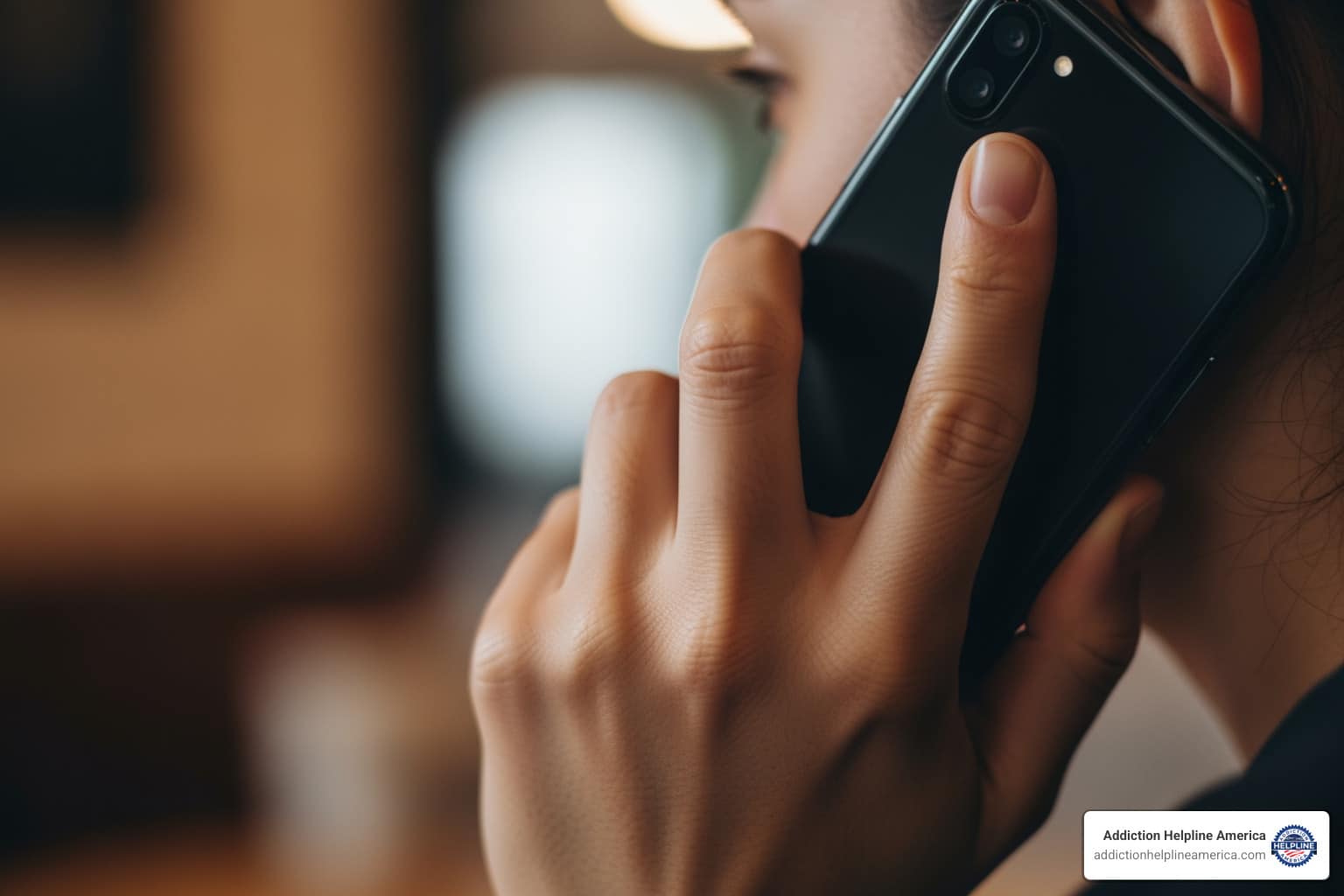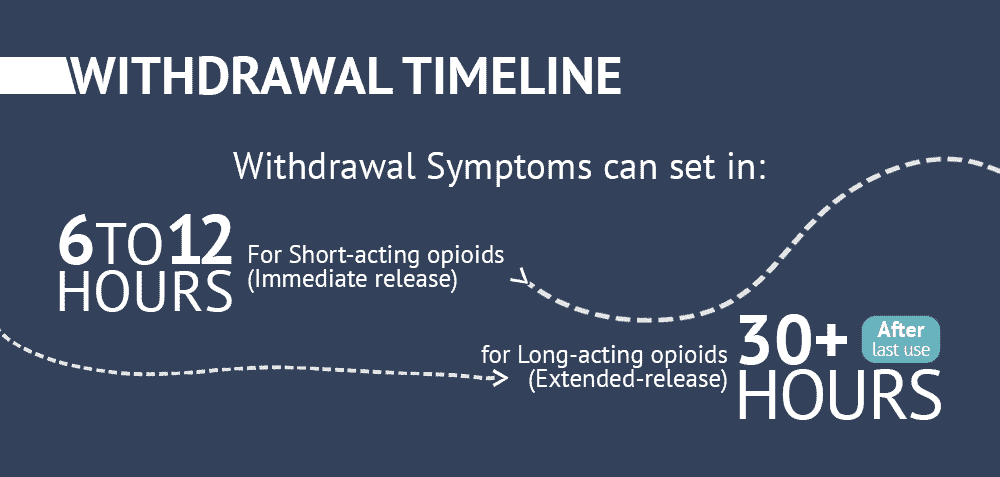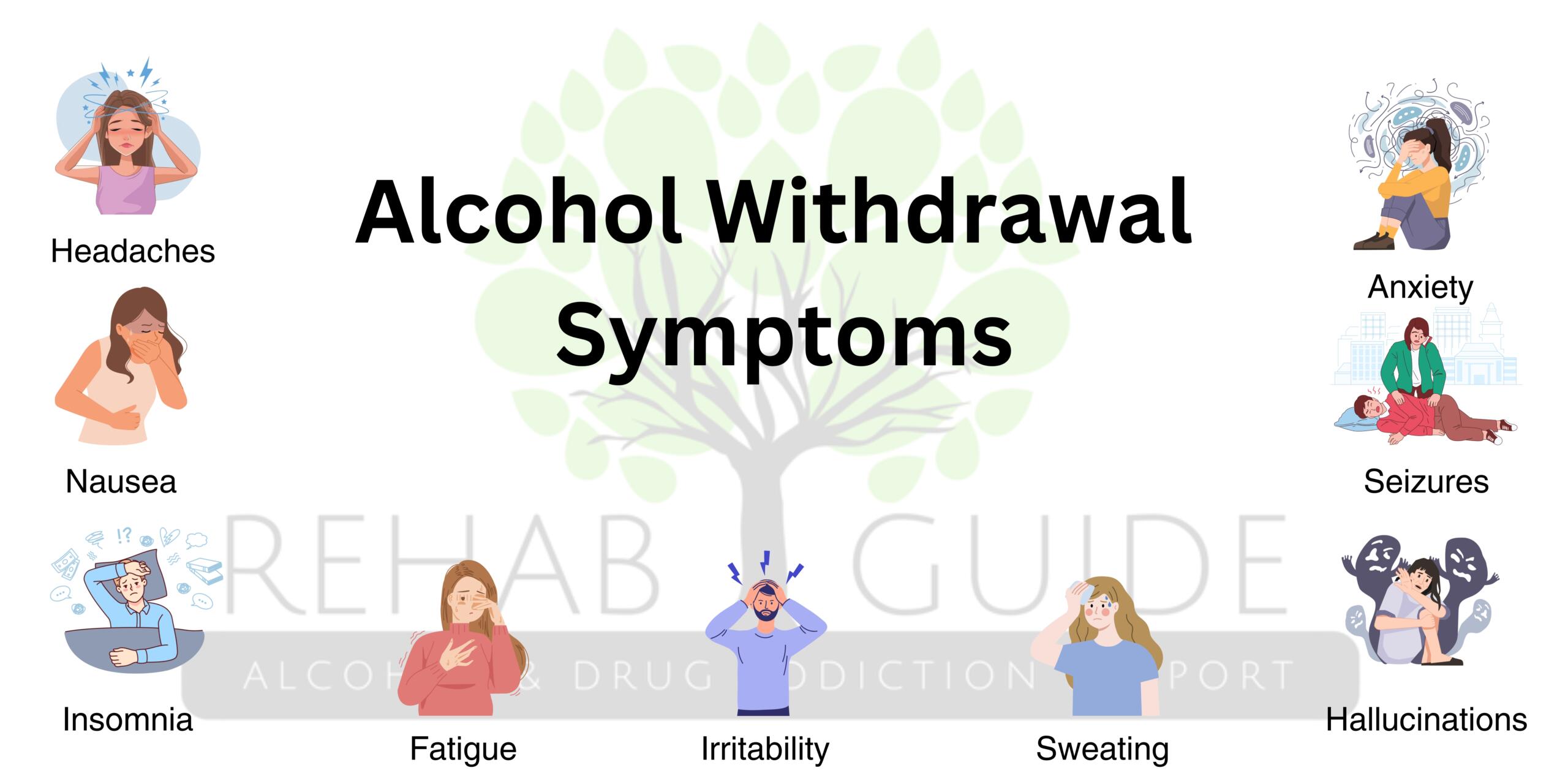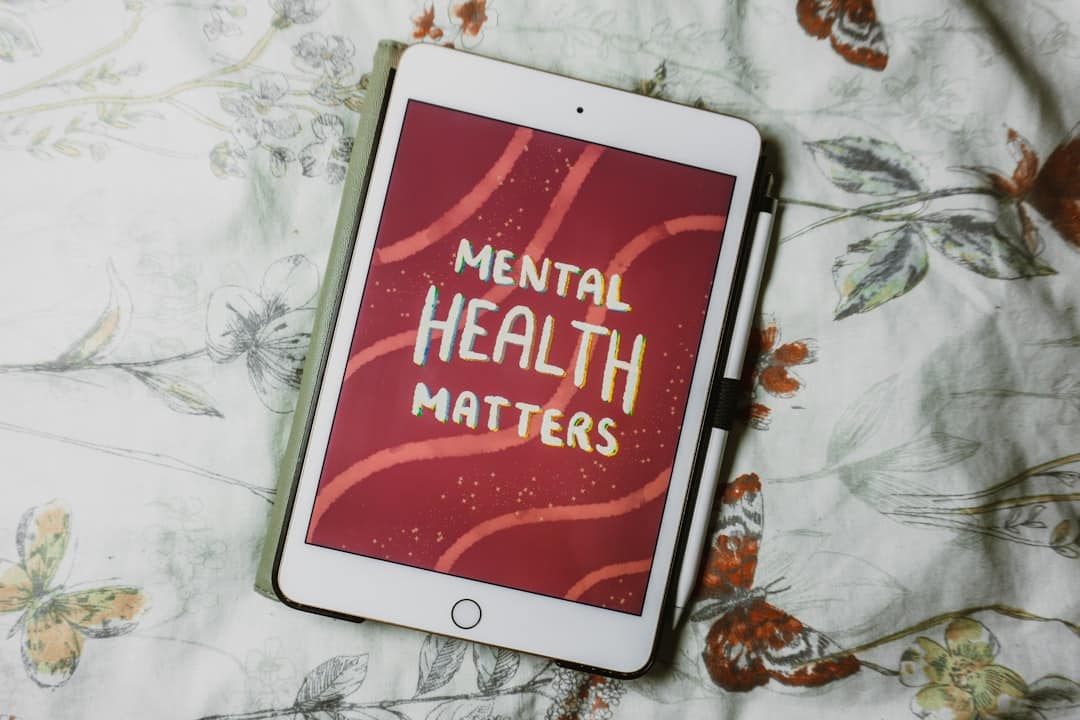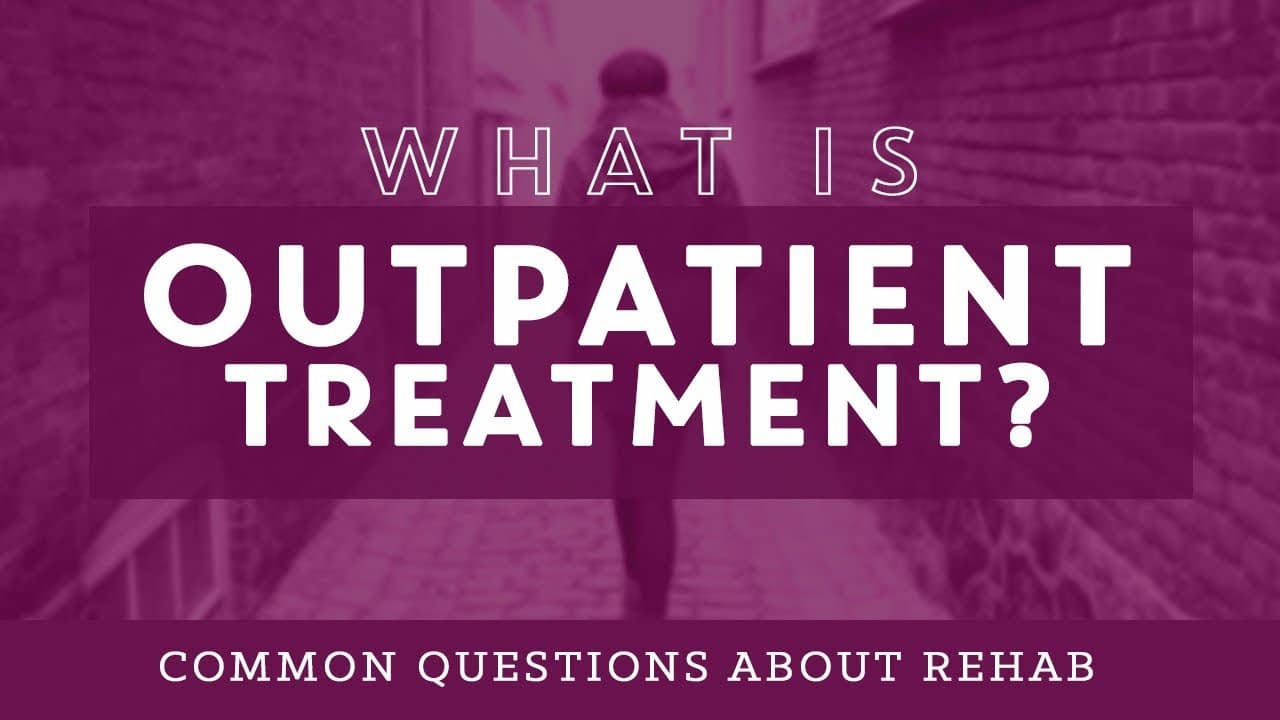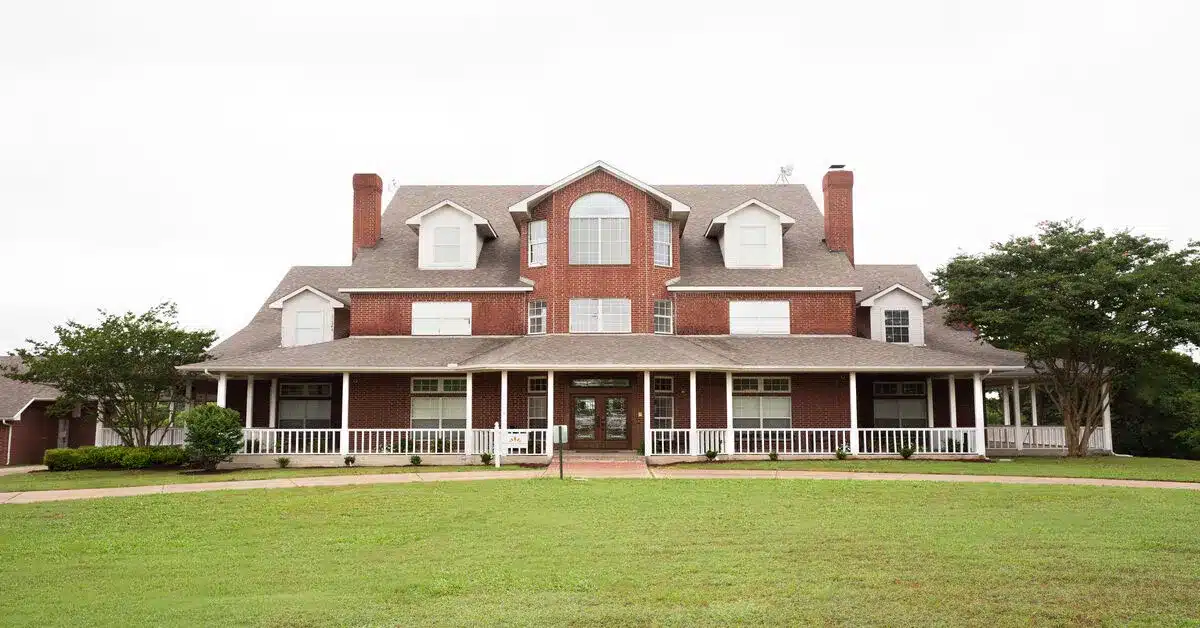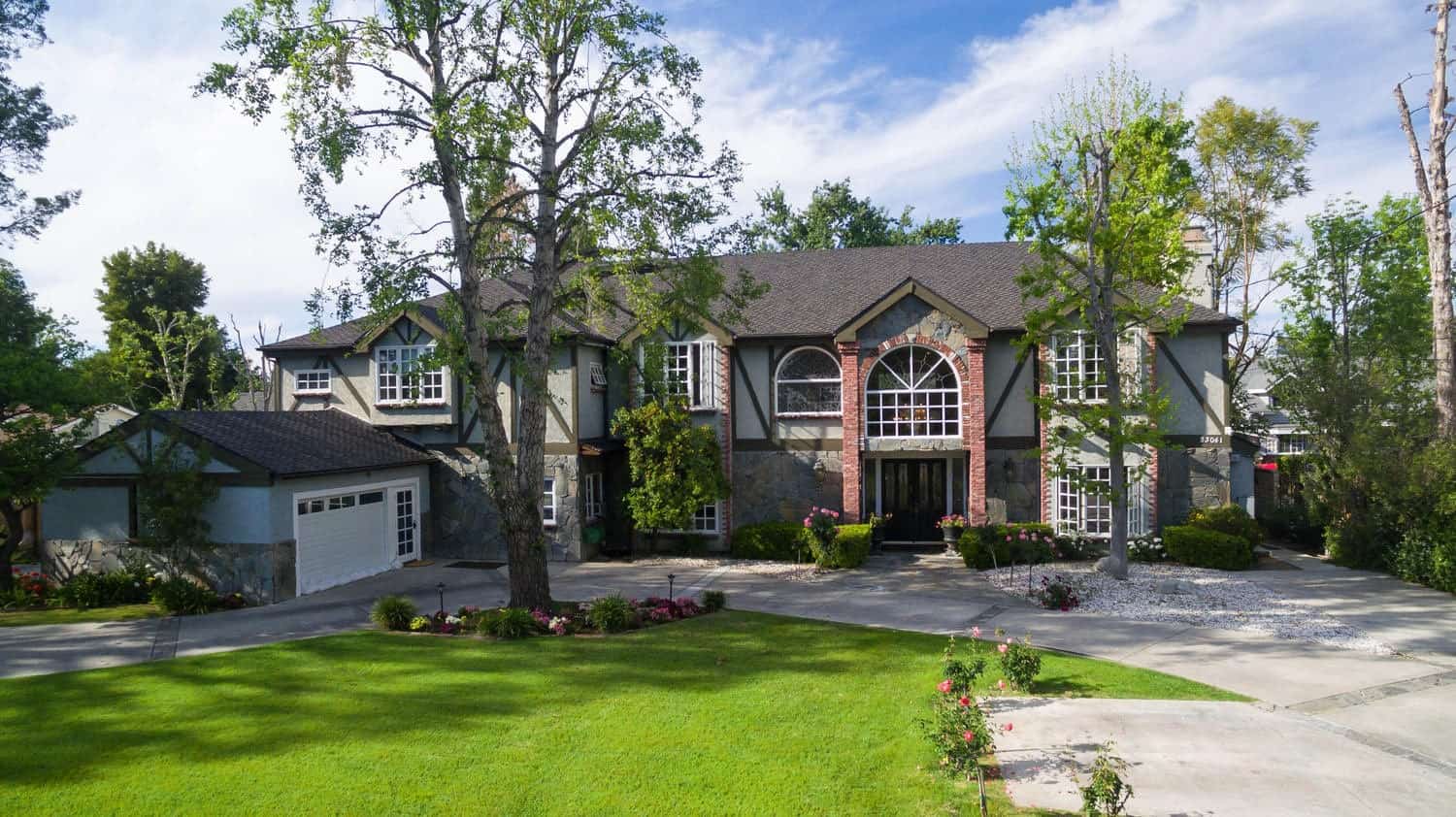
Navigating Your Recovery Journey in the Bay Area
Bay Area rehab centers offer a wide range of addiction treatment options, from medical detox and residential programs to outpatient therapy and specialized dual diagnosis care. The region’s facilities include evidence-based centers in San Francisco and Oakland, holistic wellness retreats in Napa and Sonoma, luxury coastal sanctuaries in Marin, and affordable community-based programs throughout the Bay Area. Most centers accept major insurance plans and offer specialized programs for professionals, young adults, LGBTQ+ individuals, and those with co-occurring mental health conditions.
Key Options at a Glance:
- Medical Detox Centers: 24/7 supervision for safe withdrawal management
- Residential Treatment: 30-90 day programs with structured, immersive care
- Outpatient Programs (IOP): Flexible therapy while living at home
- Specialized Programs: Dual diagnosis, trauma-informed care, executive treatment
- Payment Options: Most insurance accepted, sliding scale fees, Medicaid programs
Finding help for addiction in the Bay Area can feel overwhelming, but this guide is here to simplify your search. The region’s unique pressures—high living costs, intense work stress, and social isolation—can contribute to substance use. This issue is urgent, as drug overdose deaths have risen dramatically in recent years, with fentanyl playing a significant role.
It’s crucial to remember that addiction is not a moral failing. The American Medical Association defines it as a primary disease affecting the brain and behavior. As experts like Dr. Nora Volkow of the National Institute on Drug Abuse explain, addiction involves complex brain changes that require professional help to overcome.
This guide will help you compare the different types of rehab centers serving the Bay Area—from luxury coastal retreats to affordable community programs—so you can find the right fit for your unique situation and needs.
At Addiction Helpline America, we’ve dedicated our work to connecting individuals and families with the right addiction treatment resources, including guiding people to appropriate Bay Area rehab centers based on their specific circumstances and recovery goals. Our 24/7 helpline has helped countless people take that crucial first step toward recovery.
Understanding the different levels of care is essential to making an informed choice.
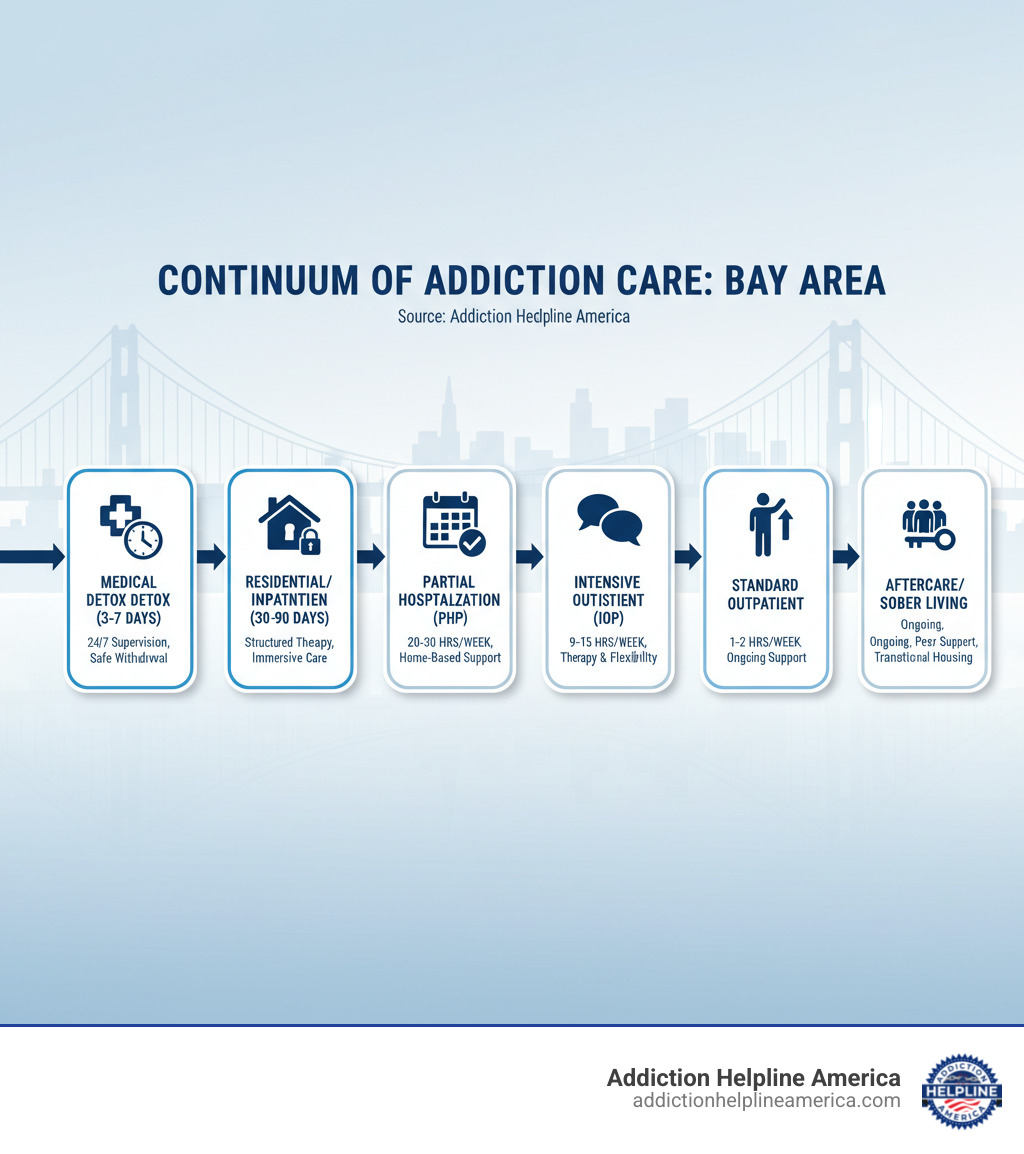
Bay Area rehab centers word roundup:
- Drug rehab California
- addiction treatment california
- addiction and rehab hotlines/california numbers
Key Criteria for Choosing a Bay Area Rehab Center

Choosing the right Bay Area rehab center is one of the most important decisions you’ll make. There’s no single “best” program—only the one that’s best for you. Your needs, circumstances, and goals matter. Let’s walk through the key factors to guide your decision.
Levels of Care
Recovery is a journey with different levels of support at each stage. Understanding these levels helps you determine where to start.
Medical detox is often the first step, especially for alcohol, opioid, or benzodiazepine use. Withdrawal can be dangerous, so these centers provide 24/7 medical supervision to manage symptoms safely and comfortably.
Inpatient programs, or residential treatment, offer an immersive healing environment. You live at the facility for 30-90 days, free from daily triggers, allowing you to focus completely on recovery. This intensive structure provides a strong foundation for many.
Outpatient programs offer flexibility, allowing you to live at home. Intensive Outpatient Programs (IOP) and Partial Hospitalization Programs (PHP) involve several hours of therapy per week while accommodating work or family commitments. This is ideal for those with a stable, supportive home environment.
Sober living homes bridge the gap between treatment and independent life. These substance-free homes provide a supportive community as you practice new skills in a real-world setting.
Treatment Philosophies
How a Bay Area rehab center approaches treatment is as important as the services they offer.
Evidence-based therapies are methods backed by scientific research. Cognitive Behavioral Therapy (CBT) helps change thought patterns that fuel addiction, while Dialectical Behavior Therapy (DBT) teaches emotional regulation skills. These are proven tools for recovery. You can learn more about types of addiction therapy to understand which approaches might resonate with you.
Holistic approaches treat the whole person—mind, body, and spirit. These programs often include yoga, mindfulness, nutritional therapy, and time in nature to complement traditional therapies and promote overall wellness.
Accreditation and Quality
You deserve quality care from a facility that meets rigorous standards.
CARF and Joint Commission accreditation indicate that a center has been independently evaluated and meets high standards for safety and effectiveness. These aren’t just plaques on the wall—they’re proof that the facility takes quality seriously.
State of California licensing is non-negotiable. Every legitimate rehab center must be licensed by the state, ensuring they meet basic safety and operational standards. Always verify a center’s licensing before committing.
Specialized Programs
Your situation is unique, and specialized programs can address your specific needs.
Dual diagnosis treatment is essential for those with both an addiction and a mental health condition like depression or anxiety. Since these issues are often linked, the most effective programs treat both simultaneously.
Trauma-informed care creates a safe environment for those who have experienced trauma. These programs use specialized therapies like EMDR or Brainspotting to address underlying traumatic events, which are often a driver of substance use.
The Science of Recovery
addiction is a brain disease, not a character flaw. Leading medical organizations agree that addiction changes brain function. It’s influenced by biology (genetics, mental health), environment (stress, trauma), and age of first use. Recognizing addiction as a medical condition allows you to approach recovery with compassion and science-based strategies, just as you would for any other chronic disease.
At Addiction Helpline America, we’ve seen how understanding these criteria helps people make confident, informed decisions. Whether you’re exploring rehab in Santa Clara County, San Francisco, Napa County, San Mateo County, Marin County, or Alameda County, these fundamentals apply everywhere. You’re not just choosing a facility—you’re choosing your path forward.
Comparing the Top 10 Types of Bay Area Rehab Centers
The Bay Area is home to a remarkable diversity of addiction treatment options. To help you steer this landscape, we’ve identified 10 distinct types of Bay Area rehab centers, each designed for different populations and recovery goals.
Think of these as archetypes—general categories that describe the kinds of programs you’ll find. While we can’t endorse specific facilities, understanding these approaches will help you identify what matters most for your recovery.
| Archetype | Location Focus | Primary Modality | Best For | Typical Insurance |
|---|---|---|---|---|
| Executive & Professionals Program | Silicon Valley | Stress management, career continuity | Tech workers, professionals needing discreet care | Most major plans, self-pay |
| Holistic Wellness Retreat | Napa/Sonoma | Yoga, mindfulness, nutritional therapy | Those seeking mind-body-spirit healing | Private pay, some PPO plans |
| Medically-Focused Detox | Multiple Locations | 24/7 medical supervision, MAT | Severe withdrawal, opioid/alcohol dependence | Most insurance, Medicaid |
| Young Adult & Adolescent Program | East Bay/Peninsula | Peer groups, family therapy, academic support | Ages 13-25, family involvement needed | Most insurance plans |
| Luxury Coastal Sanctuary | Marin/Sausalito | High-end amenities, private rooms | Those seeking maximum privacy and comfort | Private pay, premium insurance |
| Evidence-Based Urban Center | San Francisco/Oakland | CBT, DBT, practical life skills | Dual diagnosis, urban living | Most major insurance |
| Trauma-Informed Care Specialist | Bay Area Wide | EMDR, Brainspotting, PTSD treatment | Survivors of abuse, complex trauma | Most insurance plans |
| Affordable Community-Based | Multiple Locations | Peer support, group counseling | Budget-conscious, Medicaid recipients | Medicaid, sliding scale |
| LGBTQ+ Affirming Safe Space | San Francisco/East Bay | Culturally competent, gender-affirming | LGBTQ+ individuals | Most insurance plans |
| Faith-Based Recovery | Various Locations | 12-Step, spiritual guidance | Those seeking faith-integrated recovery | Varies widely |
1. The Executive & Professionals Program (Silicon Valley)
Designed for high-functioning individuals in demanding fields like tech or finance, these programs offer discreet, confidential care. They provide tech-friendly environments that allow for essential work communication while focusing on recovery. Therapy addresses career-specific stressors like work-life balance and perfectionism, often incorporating executive coaching. Explore Rehab Santa Clara County for options catering to professionals.
2. The Holistic Wellness Retreat (Napa/Sonoma)
Located in serene settings like Napa and Sonoma, these retreats accept a mind-body-spirit philosophy. Treatment integrates traditional therapy with practices like yoga, meditation, nutritional counseling, and nature immersion. The goal is to build sustainable wellness habits for long-term recovery. If this integrative approach appeals to you, Rehab Napa County has several options.
3. The Medically-Focused Detox & Stabilization Center (Multiple Locations)
For those dependent on substances like opioids, alcohol, or benzodiazepines, medical detox is a crucial first step for safety. These specialized centers provide 24/7 medical supervision to manage withdrawal symptoms comfortably. Using medication-assisted treatment (MAT), they stabilize you over 3-7 days before you transition to the next level of care. Our Opioid Addiction Treatment Options guide has more details.
4. The Young Adult & Adolescent Program (East Bay/Peninsula)
These programs address the unique developmental needs of teenagers and young adults. Treatment incorporates peer group therapy to reduce isolation, family therapy to heal relationships, and academic support to prevent students from falling behind. They create a supportive environment for young people to connect with others facing similar struggles. Look into Rehab San Mateo County for programs custom to this age group.
5. The Luxury Coastal Sanctuary (Marin/Sausalito)
For those seeking maximum comfort and privacy, luxury centers in places like Marin offer high-end amenities, gourmet meals, and private rooms in resort-like settings. These facilities feature low client-to-staff ratios, ensuring highly personalized attention and customized treatment plans. The discretion they provide is ideal for public figures or executives. Explore options in Rehab Marin County if this is your preference.
6. The Evidence-Based Urban Center (San Francisco/Oakland)
Located in San Francisco and Oakland, these centers use a practical, research-backed approach. They prioritize evidence-based therapies like Cognitive Behavioral Therapy (CBT) and Dialectical Behavior Therapy (DBT), which are highly effective for dual diagnosis. These programs also provide real-world support like job training and housing assistance to help clients build a stable life in recovery. Find programs via Rehab San Francisco.
7. The Trauma-Informed Care Specialist (Bay Area Wide)
When addiction is driven by unresolved trauma, specialized care is needed. Trauma-informed care specialists create a safe environment and use therapies like EMDR and Brainspotting to heal underlying traumatic memories. This approach addresses the root cause of substance use, acknowledging it as a coping mechanism for past pain. Finding a trauma-informed program can be transformative for survivors. Our Help a Drug Addict Support page offers guidance for families.
8. The Affordable & Community-Based Option (Multiple Locations)
Effective treatment should be accessible to everyone. These community-based centers offer affordable care by accepting Medicaid, providing sliding scale fees, or using state funding. While amenities are simpler, they deliver strong, evidence-based clinical care. They emphasize peer support and group therapy, building a strong recovery community. Financial barriers should not stop you from seeking help.
9. The LGBTQ+ Affirming Safe Space (San Francisco/East Bay)
These programs provide a safe, affirming space for LGBTQ+ individuals, whose substance use is often linked to experiences like discrimination and minority stress. Culturally competent staff provide specialized care, including gender-affirming services, that addresses issues like internalized homophobia and transphobia. Being surrounded by understanding peers fosters authentic healing. Rehab Alameda County often has LGBTQ+ specialized options.
10. The Faith-Based Recovery Program (Various Locations)
For those whose faith is a source of strength, these programs integrate spiritual practices with clinical treatment. They often incorporate 12-Step principles, prayer, meditation, and pastoral counseling alongside traditional therapy. This approach helps individuals connect to a sense of purpose, which can be a powerful aid in recovery. These programs are available across various religious traditions.
Frequently Asked Questions about Finding Treatment

Choosing the right treatment can feel overwhelming. You probably have questions about how long it takes, what it costs, and what type of program is right for you. We’ve answered the most common questions we hear from people reaching out to us about Bay Area rehab centers.
How long do programs at Bay Area rehab centers typically last?
Program length varies based on individual needs. Residential programs typically last 30, 60, or 90 days. Research shows that longer stays, particularly 90 days, often improve long-term outcomes by allowing more time to address core issues. Our guide on How Long Is Rehab explores this in more detail.
Outpatient programs like Intensive Outpatient Programs (IOP) (9-15 hours/week) and Partial Hospitalization Programs (PHP) (20-30 hours/week) offer flexibility for those with work or family commitments.
Aftercare is crucial. Ongoing support through counseling, support groups like AA or NA, or sober living is key to maintaining lasting recovery.
Does insurance cover the cost of Bay Area rehab centers?
Yes, most insurance plans cover addiction treatment. The Affordable Care Act (ACA) classifies it as an essential health benefit. However, coverage details like deductibles and out-of-pocket costs vary by plan. We at Addiction Helpline America, along with many Bay Area rehab centers, can verify your benefits for free to clarify your costs.
Using an in-network provider is typically more affordable. If you lack insurance or have limited coverage, don’t be discouraged. Many centers offer payment assistance options, such as sliding scale fees based on income, financing plans, or connections to state-funded programs. Financial barriers are real, but they are often surmountable.
What is the difference between inpatient and outpatient rehab?
This is one of the most important decisions you’ll make, and understanding the difference helps you choose what’s right for your situation.
Inpatient or residential treatment provides an immersive, 24/7 supportive environment. You live at the facility, removed from daily triggers, and follow a structured schedule of therapy and healing activities. This is ideal for those with severe addiction, co-occurring mental health issues, or an unstable home environment.
Outpatient treatment allows you to live at home while attending scheduled therapy sessions. Programs like Intensive Outpatient Programs (IOP) and Partial Hospitalization Programs (PHP) offer flexibility to maintain work, school, or family life. This option works well if you have a strong support system and cannot step away from daily responsibilities.
The truth is, there’s no “better” option—only what’s better for you right now. The severity of your addiction, any mental health challenges, your home environment, and your daily responsibilities all play a role. We can help you think through these factors and find the right fit. For more information on different facility types across the Bay Area, visit our page to Find Rehab Facilities.
Take the First Step: Find Your Path to Recovery
You’ve already taken a courageous first step by seeking information. As we’ve explored, the Bay Area offers a diverse landscape of treatment options. The most important takeaway is that the best center is the one that fits your unique needs, circumstances, and recovery goals. Your journey is personal, and your treatment should be too.
Recovery is possible. With the right support, people from all walks of life find their way to lasting sobriety. The science and countless success stories confirm this.
You are not alone. Addiction thrives in isolation, but recovery flourishes in connection. In any program you choose, you will find a community of peers and professionals ready to help you heal.
At Addiction Helpline America, we’re here to walk with you on this next step. Our free, confidential helpline offers personalized guidance to help you steer your options and find a trusted program. This decision can feel overwhelming, but we’re here to make it simpler.
A life of freedom, purpose, and peace is waiting. You deserve it, and we’re here to help you find it.
Ready to explore your options? Find the right California rehab program for you today. Your new beginning starts now.
Our helpline is 100%
free & confidential
If you or someone you care about is struggling with drug or alcohol addiction, we can help you explore your recovery options. Don’t face this challenge alone—seek support from us.
Programs
Resources
Will my insurance
cover addiction
treatment?
We're ready to help
Find the best
drug or alcohol treatment
center
Are you or a loved one struggling with addiction? Call today to speak to a treatment expert.

